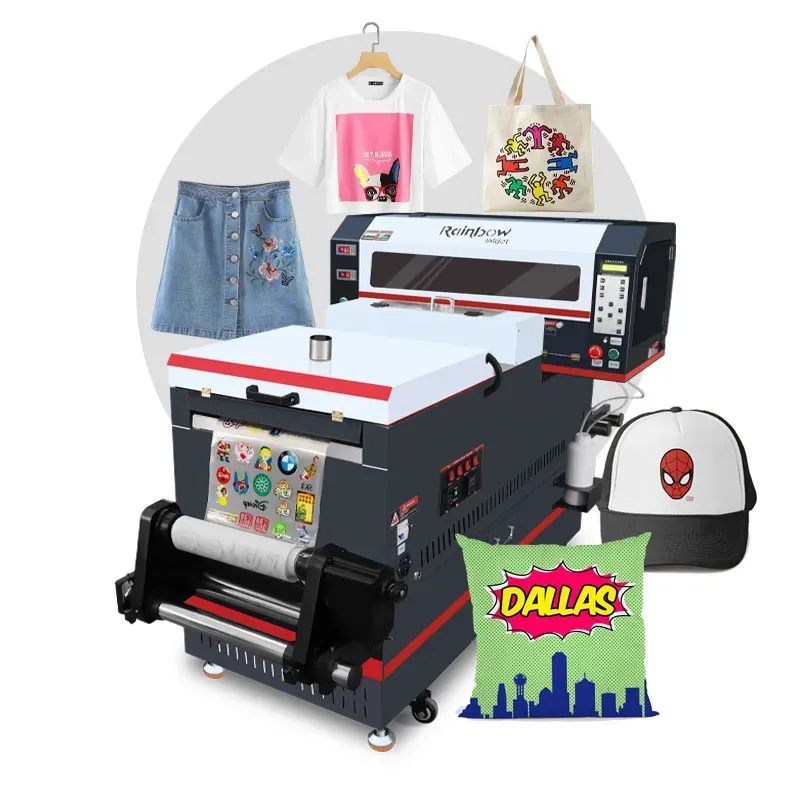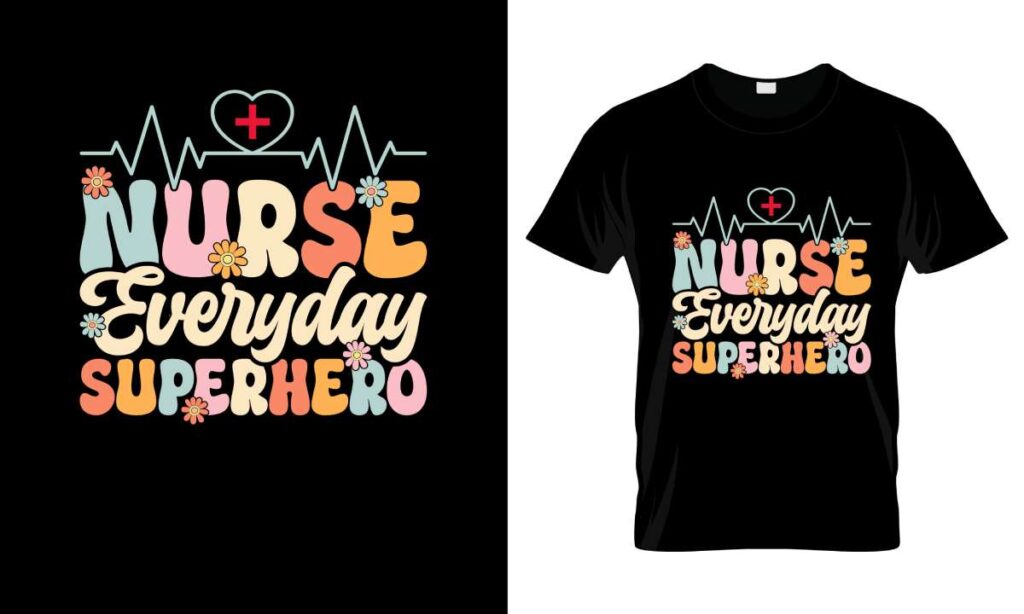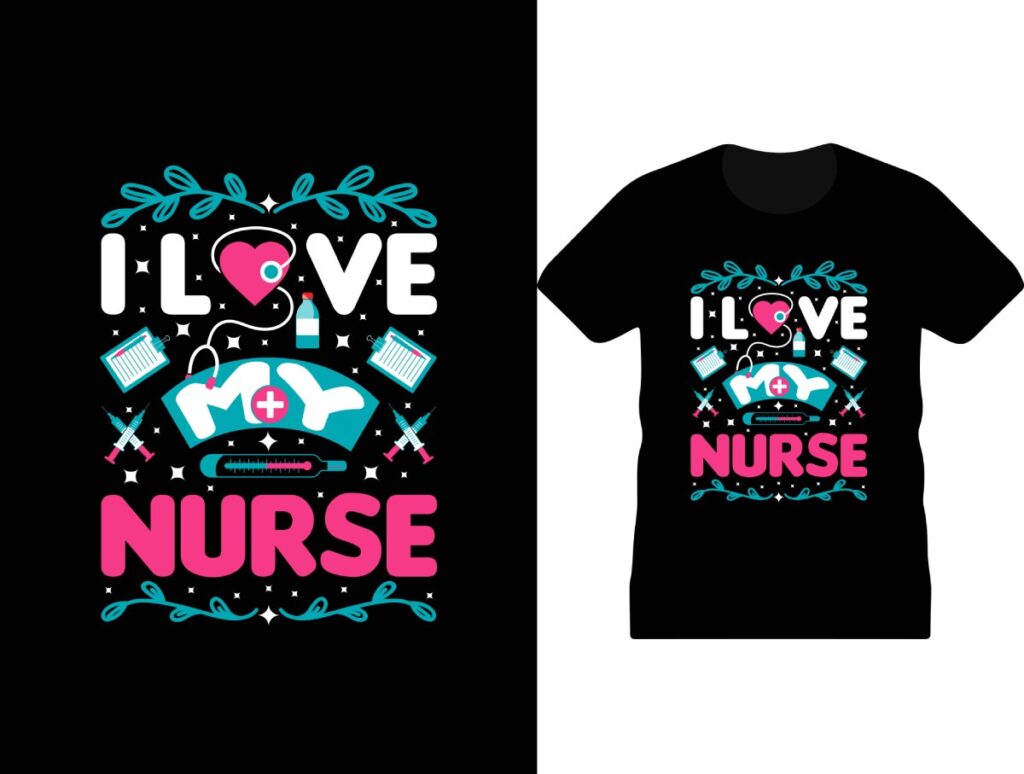DTF printing equipment is revolutionizing the world of custom apparel and textile printing, making it an exciting venture for newcomers in the industry. This innovative system leverages Direct-to-Film printing technology to produce vibrant, high-quality prints that can be applied to various fabrics with ease. With tools like a reliable DTF printer and a heat press machine, turning creative designs into wearable art has never been easier. The DTF printing advantages include impressive versatility and affordability, appealing to small businesses and hobbyists alike. As more artists and entrepreneurs discover the benefits of this method, the demand for effective DTF printing equipment continues to soar, making it a hot topic for anyone looking to break into the realm of custom apparel printing.
In the fast-evolving landscape of digital textile printing, Direct-to-Film (DTF) printing has surfaced as a cutting-edge technique that empowers individuals to create stunning custom designs. Often referred to as film transfer printing, this method utilizes specialized machines and transfer films to ensure impeccable detail and color vibrancy on various textiles. Whether you’re an aspiring entrepreneur or an established designer, understanding the essentials of this process, along with the necessary equipment, is crucial for success. The incorporation of a heat press machine further enhances the efficiency and quality of the final product, making it an essential tool in any production setup. As the market for personalized apparel expands, the significance of investing in top-notch DTF printing technology becomes more pronounced.
The Basics of DTF Printing Technology
DTF printing technology represents a significant leap in custom apparel production, combining traditional printing techniques with modern advancements. At its core, Direct-to-Film printing utilizes specialized inks designed to bond effectively to a variety of fabrics. This allows for greater flexibility in design application, making it an attractive choice for designers and small business owners. The DTF printer works by first printing a vibrant design onto a film, which is then heat-transferred onto the fabric, ensuring high-quality results every time.
Moreover, the process is relatively straightforward compared to other methods like direct-to-garment (DTG) printing or screen printing. Users can start with a DTF printer that meets their business needs without investing heavily in equipment upfront. Learning the intricacies of DTF printing offers newcomers a chance to explore different fabrics and create custom designs that resonate with their target audience.
Key Advantages of DTF Printing
One of the most significant advantages of DTF printing lies in its versatility across multiple fabric types. Whether printing on cotton, polyester, or even blends, DTF demonstrates excellent adhesion and vibrant results, making it a preferred method for various custom applications. This versatility allows businesses to expand their offerings and cater to diverse customer requests, which is essential in a competitive market.
Additionally, the durability of DTF printed designs is noteworthy. Unlike some traditional methods that may result in fading or cracking, DTF prints maintain their integrity through numerous wash cycles. This quality output ensures customer satisfaction and repeat business, establishing a strong reputation for any printing venture.
Choosing the Right DTF Printing Equipment
Selecting appropriate DTF printing equipment is crucial for successful operations. When investing in a DTF printer, it’s essential to consider your production needs and volume. Entry-level printers are ideal for beginners, while advanced models better suit larger businesses looking to scale their production. Ensuring that the equipment meets quality standards will influence the overall efficiency and output of your printing business.
In addition to the printer itself, auxiliary equipment plays a vital role in the DTF printing process. A heat press machine is required for transferring designs to fabrics, and its quality can significantly impact the final output. Additionally, having the right transfer films and adhesive powder applicators ensures seamless integration of all components, leading to more successful print runs.
Current Trends in DTF Printing Equipment
As the market for DTF printing continues to expand, notable trends are emerging in the equipment available. Manufacturers are prioritizing user-friendly features and enhanced speed, making it easier for newcomers to get started. As printers are designed with beginner-friendly interfaces, these innovations democratize access to high-quality printing technology.
Furthermore, advancements in software integration have simplified design workflows significantly. Modern DTF printers often come equipped with compatible design software, enabling users to efficiently manage their projects and optimize prints for quality. This seamless transition from design to print is paving the way for better productivity in custom apparel printing.
Getting Started in the DTF Printing Business
For those looking to venture into the DTF printing business, starting with an entry-level printer can be a wise choice. Not only does it help minimize initial investment costs, but it also allows newcomers to learn the ropes of the printing process without feeling overwhelmed. Many resources, including online tutorials, forums, and community groups, offer support and guidance as beginners navigate their new venture.
As you gain experience and build confidence in your printing skills, there will be ample opportunity to upgrade your equipment for improved productivity and enhanced capabilities. Engaging with industry experts and participating in community discussions can provide valuable insights and help further refine your craft in the DTF printing sphere.
The Future of Custom Apparel Printing with DTF Technology
The future of custom apparel printing is undeniably tied to DTF technology. As more businesses recognize the advantages of DTF printing—such as its cost-effectiveness, quality output, and adaptability—demand is expected to grow. This surge points to a thriving market for custom printed textiles, particularly in fashion and promotional products.
Adopting DTF printing as part of your business strategy not only positions you to capitalize on evolving market trends but also empowers you to experiment with creative designs. As technology continues to advance, staying informed about equipment innovations and industry developments will be crucial in maintaining a competitive edge.
Frequently Asked Questions
What is a DTF printer, and how does it work?
A DTF printer, or Direct-to-Film printer, is a specialized printer used in DTF printing that transfers designs onto a special film. The process involves printing your graphics onto the film, which is then coated with adhesive powder before being heat-pressed onto the fabric. This method enables vibrant and durable prints on various materials.
What are the key advantages of using DTF printing equipment?
The advantages of using DTF printing equipment include versatility across multiple fabric types, high-quality print resolution, and cost-effectiveness compared to traditional printing methods. DTF printing is ideal for custom apparel due to its ability to produce long-lasting and vibrant designs.
How do heat press machines work in DTF printing?
In DTF printing, a heat press machine is used to transfer the printed design from the film to the fabric. The heat press applies heat and pressure for a set duration, activating the adhesive powder and ensuring the printed image adheres firmly to the textile, resulting in high-quality apparel.
What should I look for when selecting DTF printing equipment?
When selecting DTF printing equipment, consider the type of DTF printer that meets your production needs, compatibility of transfer films with your printer, and the reliability of the heat press machine for consistent results. Additionally, evaluate factors like warranty options and maintenance requirements.
What is the process of DTF printing from start to finish?
The DTF printing process begins with designing your artwork, which is then printed onto a transfer film using a DTF printer. After applying adhesive powder, the film is heat-pressed onto the fabric, allowing the design to bond with the material. This method ensures vibrant, durable prints suitable for custom apparel.
Can beginners start a business with DTF printing equipment?
Yes, beginners can successfully start a custom apparel business using DTF printing equipment. Entry-level DTF printers are available at lower costs, making it accessible for newcomers. With online resources and community support, beginners can learn the techniques and improve their skills in custom printing.
| Key Point | Details |
|---|---|
| What is DTF Printing? | A process creating high-quality prints on fabrics via a special film that is heat pressed onto textiles. |
| Advantages of DTF Printing | Versatility across materials, high resolution and durability, affordable compared to other printing methods. |
| Latest Developments in DTF Equipment | User-friendly printers, faster production speeds, and advanced software for easier design management. |
| Choosing DTF Printing Equipment | Essential components include DTF printer, transfer films, adhesive powder applicator, and heat press machine. |
| Market Trends | Growing demand for custom printed textiles, especially in promotional and fashion industries. |
| Getting Started in DTF Printing | Begin with entry-level printers, leverage online resources and communities for support and learning. |
Summary
DTF printing equipment has revolutionized the custom apparel landscape, offering a blend of quality, versatility, and affordability that appeals to both beginners and established businesses. This innovative printing method allows for stunning designs to be transferred onto a variety of fabrics, making it ideal for a wide range of applications, from fashion to promotional items. With recent technological advancements enhancing user-friendliness and production efficiency, investing in DTF printing equipment not only equips you with the tools for high-quality prints but also positions you at the forefront of a growing market. As you embark on your DTF printing journey, staying informed and continually honing your skills will be key to your success in this dynamic industry.



